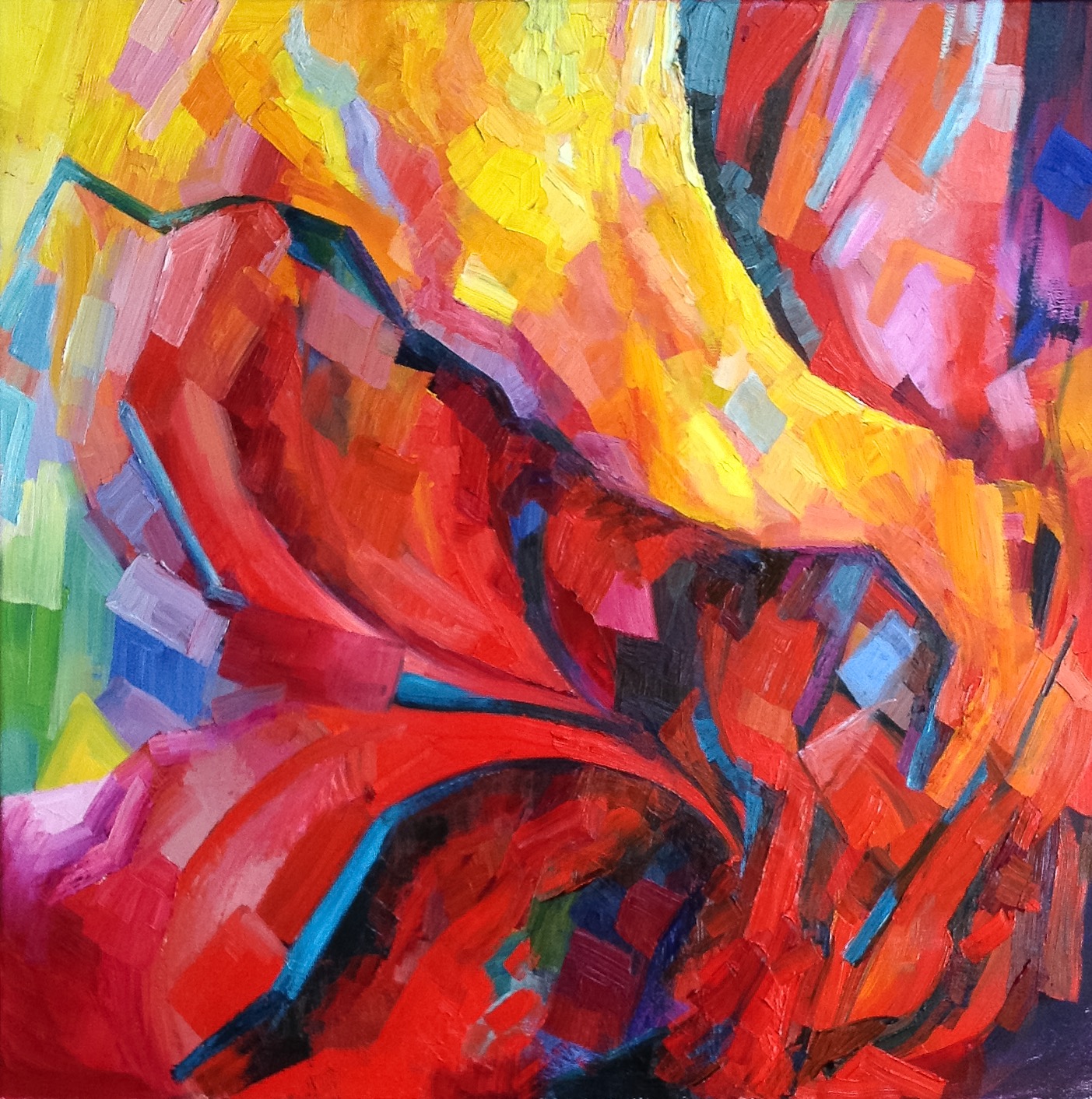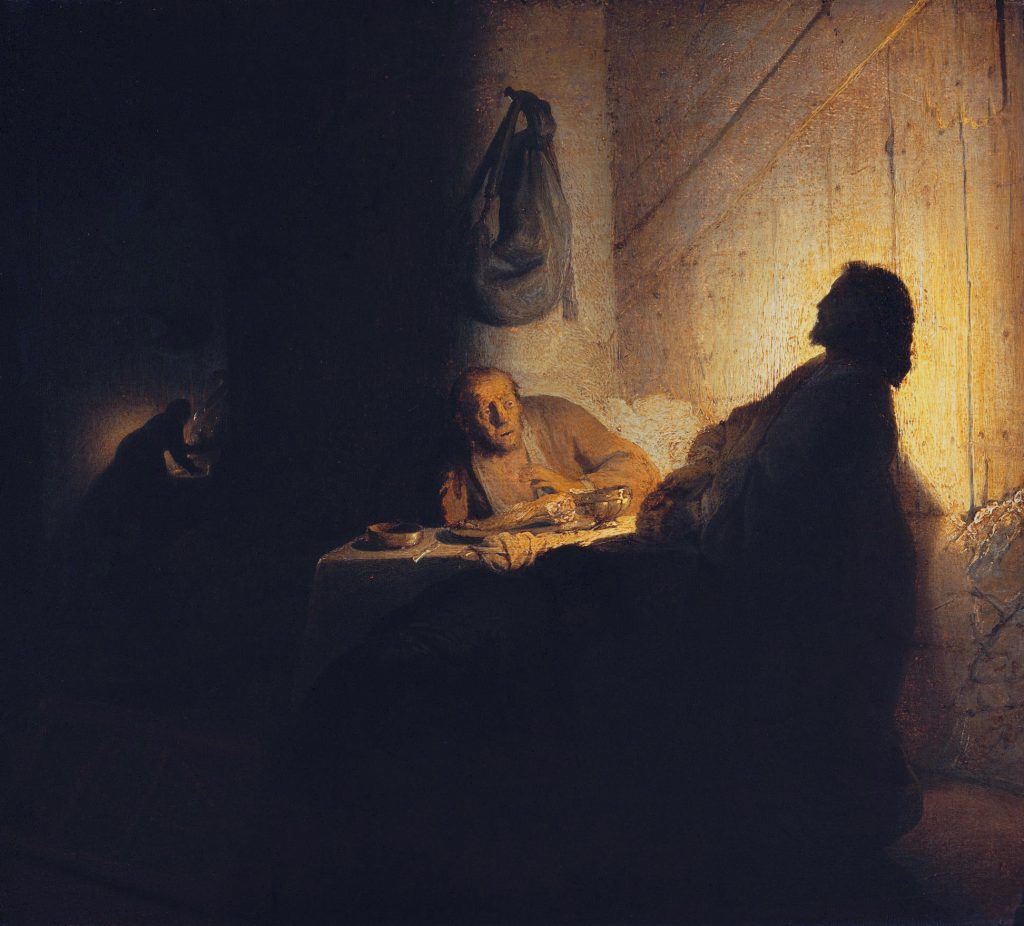Painting sonnet 92 (September 12-16, 2016)

But do thy worst to steal thyself away,
For term of life thou art assured mine;
And life no longer than thy love will stay,
For it depends upon that love of thine.Then need I not to fear the worst of wrongs,
When in the least of them my life hath end.
I see a better state to me belongs
Than that which on thy humour doth depend:Thou canst not vex me with inconstant mind,
Since that my life on thy revolt doth lie.
O what a happy title do I find,
Happy to have thy love, happy to die!But what’s so blessed-fair that fears no blot?
Thou mayst be false, and yet I know it not.William Shakespeare. Sonnet 92
There is this traditional, commonly received, reading of the sonnets sequence as a story of the poet’s infatuation with a “fair youth”, almost a romantic diary.
But the longer I stayed with the sonnets, the more I felt how utterly incomplete, how almost absurdly shallow this interpretation really is. Again and again, I had to reach out to much deeper — and much less “romantic” — layers of their meaning, because there was just no other way for me to paint them. With this sonnet, this “infatuation with fair youth” interpretation broke down completely.
This poem is so definitely not about an untrustworthy lover and planning a suicide (or anticipating dying from broken heart) if they abandon you. It’s about the unity — identity even — between love and life: by the end of the sonnet, these words are just two phonetic variants pointing to the same thing.
What is this thing?
Well, what is so blessed-fair that fears no blot? Thou may be false, and yet I know it not.

There is no answer — only the question. When I first started to contemplate this sonnet, Rembrandt’s “Supper at Emmaus” floated to my mind — a figure which might be there, or it might be not. I know it not. I wanted the painting to be a structural and coloristic equivalent of the poem’s love/life music, possibly with a glimpse of a figure that might not be there.
To my mind, the ninety second painting — finally! — embodies this idea I’ve been dreaming about, and visualising, for so long: the pure movement of colour, barely restrained by geometry and lines. There was something in this sonnet that finally let this vision manifest itself in a painting: something liberating in its way of communicating the idea that life and love is one and the same thing, that they are both in constant flux of revolving inconstancy.